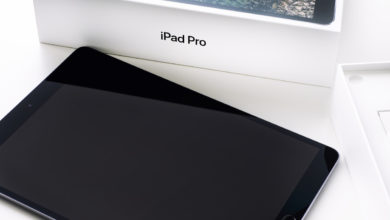Technology
Gmail Rolls Out ‘Confidential Mode’ Feature For iOS & Android Apps
Gmail Confidential Mode feature offers a suite of email protection options

Gmail has reportedly begun rolling out its Confidential Mode feature for the Gmail iOS and Android apps. The feature in question was made available for users of the desktop web client since April.
What the new Gmail Confidential Mode feature does is that it offers a suite of email protection options. It gives users tight control over the emails they send. The feature allows users to send emails that cannot be copied, printed, forwarded, or shared. In fact, users will have an option to set emails to expire after a set amount of time, similar to a Snapchat message.
Users can even set a two-factor authentication for the email. The recipient of the email will get a text with a passcode that he/she will need to enter to open the mail.
Google claims that while confidential mode feature will help prevent the recipients from accidentally sharing the email, it cannot cease them from taking screenshots or photos of the messages or attachments. Google’s Support Page warns that recipients with malicious programs set on their computer will be able to copy or download the messages or attachments. Notably, the feature is not currently available for G Suite customers.
As every feature has its own share of pros and cons, the Electronic Frontier Foundation (EFF), a well-respected organization in the field of digital user privacy, believes that this new mode isn’t secure at all. The so-called confidential emails will not be end-to-end encrypted which means Google will have an option to encrypt and decrypt the secured emails anytime disregard expiration dates.
In addition, the digital privacy advocacy group has pointed out that expiring messages will not disappear from the Sent mail, which means they are completely retrievable.
If a user sets an SMS passcode, he/she might need to give Google the recipient’s phone number. That means that Google will have access to personal data i.e. the phone number of the recipient, even without his permission. This would be considered by some to be a major privacy violation.
Instructions on how to send and open confidential emails have been listed on Google’s support page.





